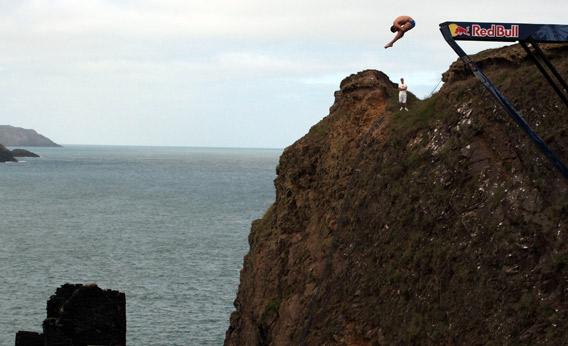Economists, politicians, and reporters are warning of the dire consequences of allowing tax benefits to expire at the end of the year, at the same time that mandatory spending cuts are slated to take effect. The situation has come to be known as the “fiscal cliff,” a moniker that’s supposed to conjure scary mental images. How many Americans actually die falling from cliffs?
About 76 per year. Between 1999 and 2009, 761 Americans died falling from cliffs, according to the CDC’s magnificently detailed data. That’s a relatively small number. If commentators wanted to scare the public, they might have called the looming economic crisis, the “fiscal anvil,” because falling objects killed nearly 10 times as many people as cliffs between 1999 and 2009. Or they might have gone with the “fiscal cobra,” as venomous plants and animals killed 856 people in the same 10-year period. Another option would be the “fiscal hansom cab,” since 1,201 Americans perished while riding on an animal or in an animal-drawn vehicle.
Deaths from cliff falls have been on the decline since 1999, suggesting that, while we may be inching closer to a fiscal cliff, Americans appear to be staying farther from actual cliffs. Men are more than five times as likely as women to fall off a cliff to their deaths. People between the ages of 15 and 24 accounted for nearly one-third of cliff-related deaths, while senior citizens represented just 10 percent of cliff mortalities.
Republicans will be pleased to know that red states seem to have a statistically smaller problem with physical cliffs. California cliffs claimed the most lives between 1999 and 2009, besting second-place Colorado 146 to 55. Hawaii has the highest cliff-related mortality rate per capita because of its small population and ample cliffs.
A brief review of media reports suggests cliff deaths are easily avoided. Most of the people who fall to their deaths are either skiers, hikers, or people who ignored warning signs. In September, an Alaska woman sustained serious injuries after falling from a cliff edge while texting.*
Got a question about today’s news? Ask the Explainer.
*Correction, Oct. 2, 2012: This article originally stated that a woman died after falling from a cliff in Alaska. She survived the fall.
